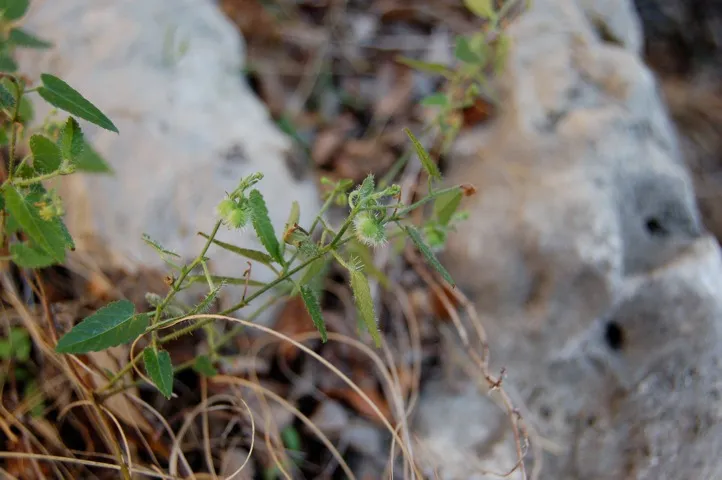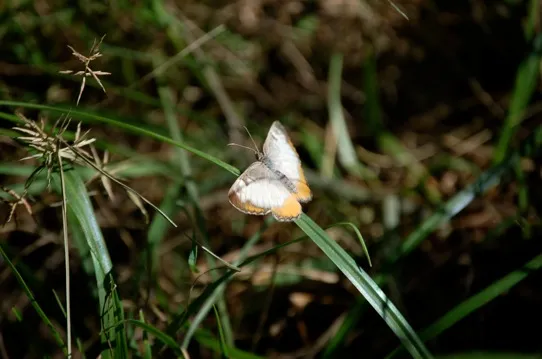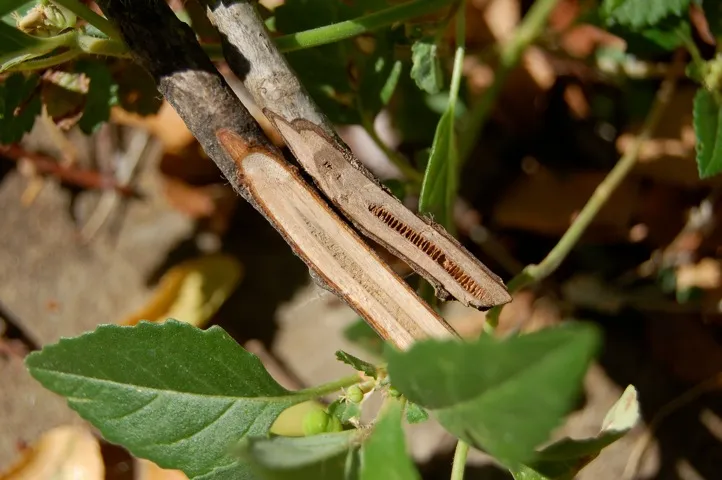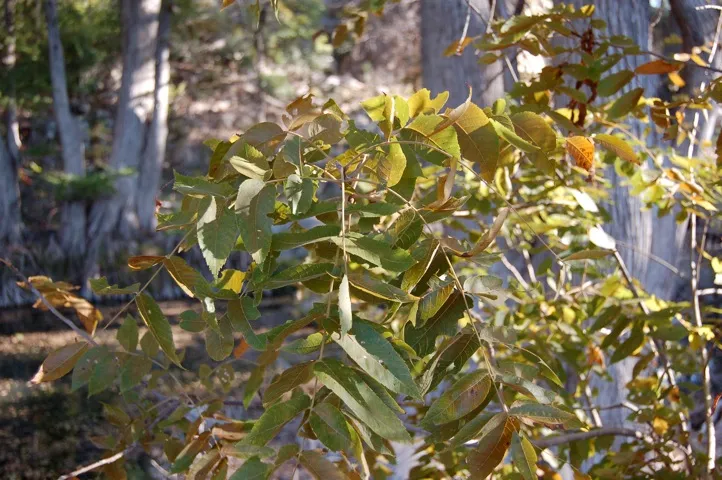By Delmar Cain
There is simply no substitute for rain. Over the last few months I had tried to keep a few plants alive by hand watering with well water, only to watch their leaves turn pale green and wither. I would have bet that the plants were dead. But almost three inches of rain fell at our house and gave a jump-start to some of those plants that I had given up for dead. It reminds me of Halloween.
Even that welcome, but less than bountiful, rain after the long dry spring and summer has caused a bit of bizarre behavior. At the Cibolo Nature Center, Patty Leslie Pasztor, a wonderful naturalist and teacher who has been conducting weekly butterfly surveys, pointed out a Mexican buckeye tree (Ungnadia speciosa) that appeared to be partially dying but at the same time blooming, as though it were early spring. In a normal year the Mexican buckeye would be blooming about the same time as the Texas redbud, one of our earlier spring bloomers.
Chuck Janzow remarked that he had seen another of our Hill Country natives, the fragrant or pink mimosa (Mimosa borealis), in bloom. Again, this is a shrub that normally blooms in the spring—not in October and November. After talking to Chuck, I found the shrub blooming at my house—just in time for an early frost.

I also found something else sprouting at the wrong time around my yard. To my dismay, I usually find it much earlier in the spring, when I have my attention on cleaning or planting. A stinging sensation begins on my arm or on a finger. I rub it but the stinging does not immediately go away. I look at my skin but don’t see anything. The stinging continues and then I remember. I look around and there it is—either a small vine or maybe the other one, a small herb, both easily overlooked in the grass or among other plants. But neither is easily ignored—noseburn (Tragia brevispica), the vine, and (Tragia ramose), the herb.
The tiny hairs on the stems and leaves do the damage, but I am not sure why. Noseburn is a member of the Spurge Family (Euphorbiaceae), a family, which has some 7000 plus species. Some of the subfamilies in the Spurge Family are know for their milky sap, which can cause skin irritation and some are known for their stinging nettles—think bull nettle. The hairs on the noseburn are so tiny that I think there must be a chemical element to their effectiveness. In any event the hairs are too small to extract even with tweezers.
But for all my irritation, literally and figuratively, when my bare skin brushes against it, I still remove the plants only when I have to. There is an upside. Noseburn is listed as a host plant for three species of butterflies in South Texas, one of which also makes it this far north. If it brings a common mestra (Mestra amymone) to visit, I’ll try to make sure that it has some noseburn on which to lay its eggs.

But another Texas native seems to be right on schedule. That hardiness is one reason that the Boerne Chapter of NPSOT selected the Arizona black walnut (Juglans major) as Plant of the Month for October in the NICE program (Natives Instead of Common Exotics). It can be found growing wild along the streambeds and in the canyons of central and West Texas. It has a high heat tolerance, adapts to our alkaline soil and can reach a height of 50 feet under good conditions.
Arizona black walnut is a member of the Walnut Family or Juglandaceae, in which there are other familiar species—pecan and hickory—in other subfamilies. Because the leaf structure is similar it is sometimes difficult to distinguish them in the wild. Walnut trees normally have more leaves on each leaf stem and have chambered pith in the woody stem. In Texas there are two other walnut species, Texas or little walnut (Juglans microcarpa) and American black walnut or black walnut (Juglans nigra).

The Texas walnut is multi-trunked, small tree, which is found in the ravines and dry riverbeds of south, central and west Texas. Its size and its fruit are smaller than the Arizona black walnut, although it may need less water.
The American black walnut grows in deep, rich, bottomland soil along streams and floodplains from central Texas north to Minnesota and east throughout most of the eastern United States. It is a larger tree than the Arizona black walnut, but it requires soil depth and water. According to the Aggie horticulture website “Native Trees of Texas”, in times of drought there has been a significant loss American black walnut trees when the rainfall has fallen below 35 inches per year.

Another concern with the American black walnut is a pest threat termed “thousand cankers disease”, which has been killing the trees in some western states. A tree is attacked by the walnut twig beetle (Pityophthorus juglandis), which brings with it a penicillium–like fungus (Geosmithia). The fungus forms a canker at each spot where the beetles have fed and it is multiple cankers that eventually kill the tree. Although the disease has been connected to the Arizona black walnut also, the disease apparently does not harm that particular species.
So for our area the Arizona black walnut is a better choice. It may not produce the fine furniture wood of the American black walnut nor the tasty black walnut fruit, but it is a hardy tree for our rocky soil and dwindling water supply. Planting help can be found on the Boerne NPSOT website.


